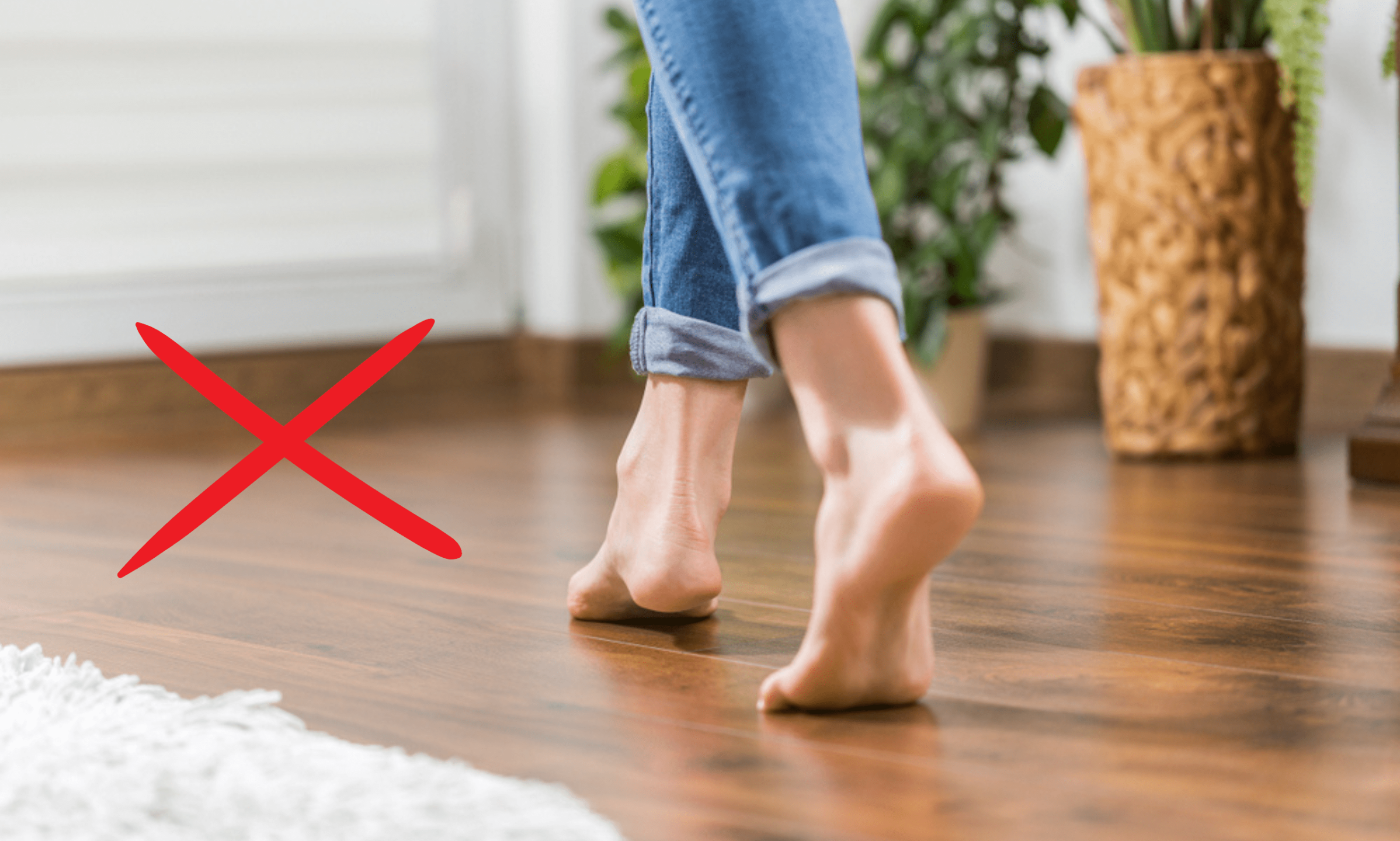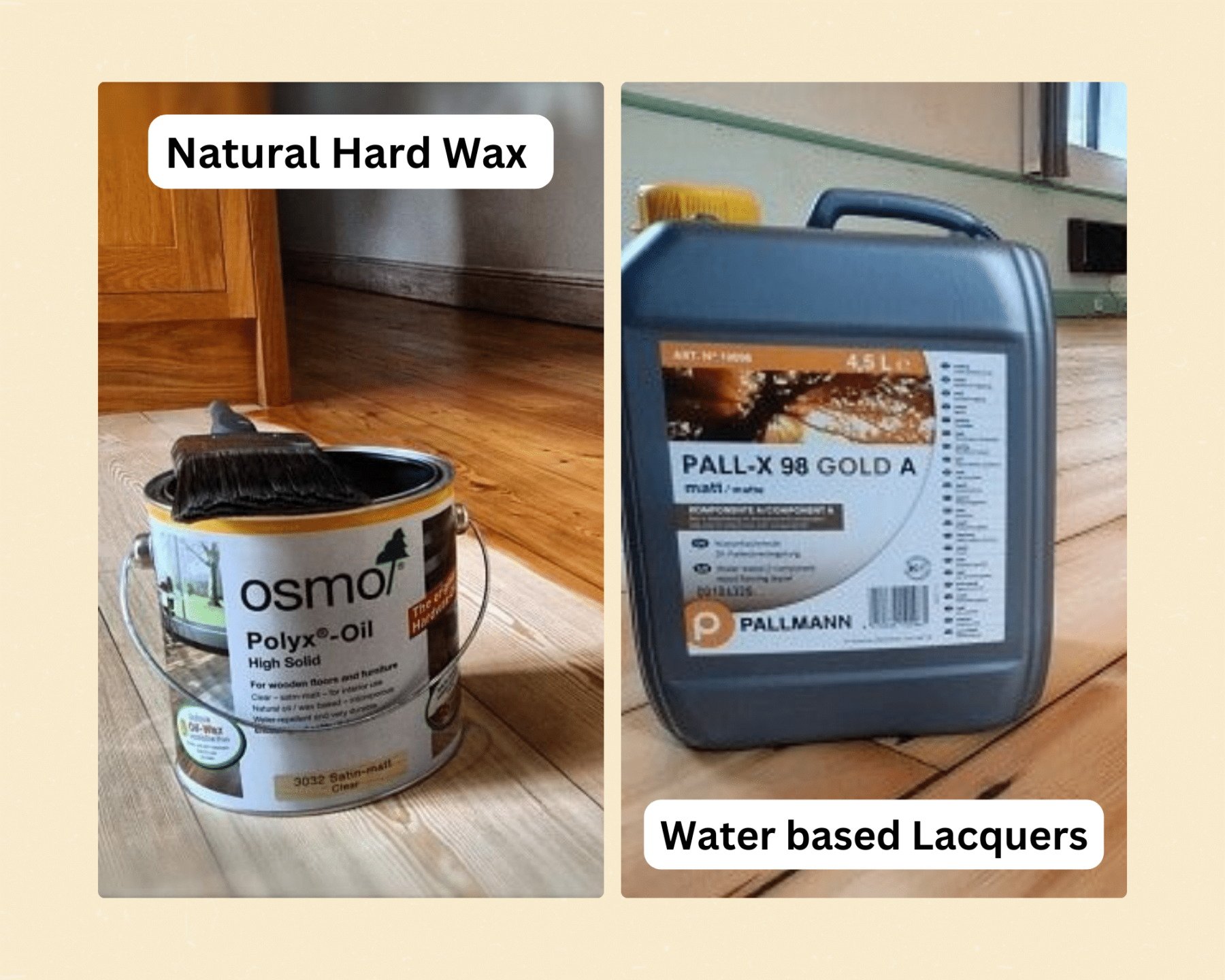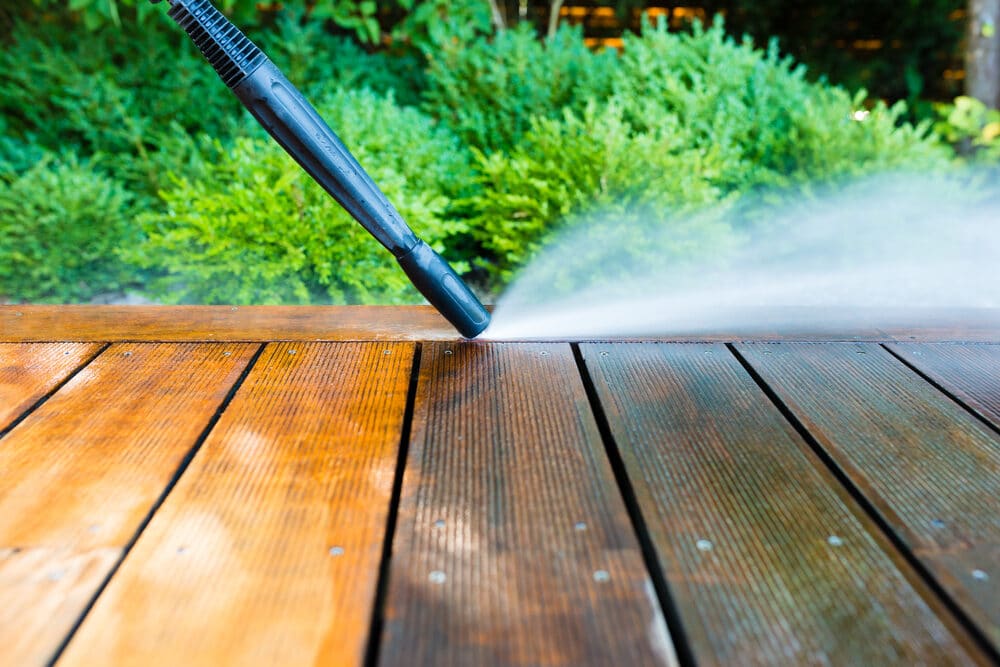London:
Nationwide:
How to Care for Your Wooden Floors after the Sanding and Sealing?
Posted on April 22, 2023
Blog
The Ultimate Guide to Caring for Your Wooden Floors after Sanding and Sealing: Tips for Longevity and Beauty
Wooden floors are a beautiful and timeless addition to any home. They provide warmth, character, and durability that can last for decades when properly maintained. After the sanding and sealing process, your newly refinished wooden floor will look absolutely stunning. But to keep it that way for years to come, you’ll need to follow a few essential care and maintenance tips. In this comprehensive guide, we’ll explore how to properly care for your wooden floors after sanding and sealing, ensuring they retain their beauty and function for as long as possible.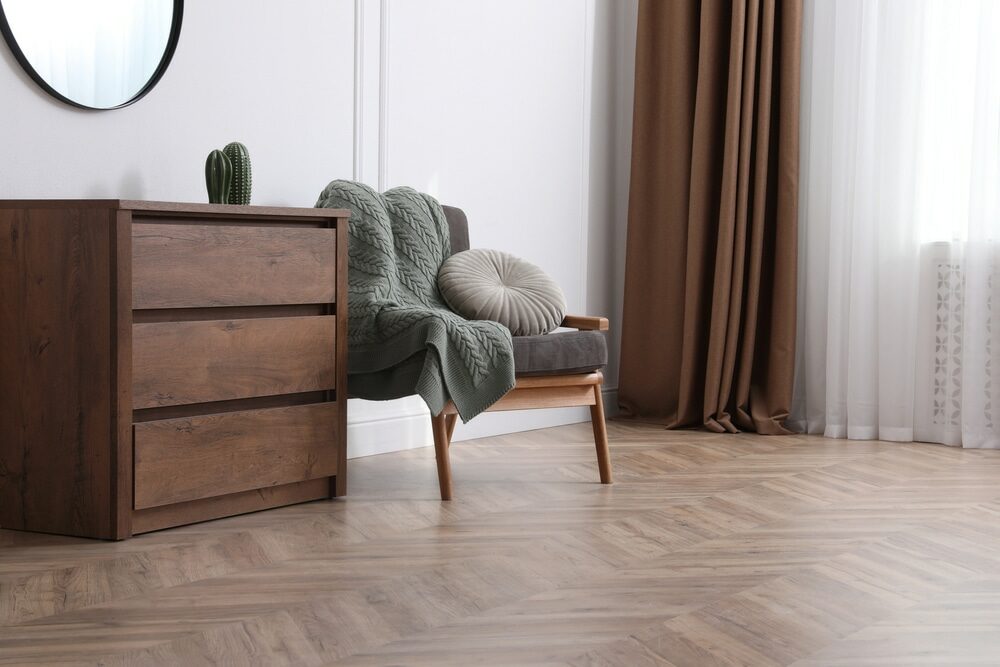
1. Understanding the Importance of Proper Maintenance
Wooden floors are an investment that can significantly enhance the value of your home. Proper maintenance after sanding and sealing is crucial to protecting this investment and extending the life of your floors. Well-maintained wooden floors can last for decades, while poorly maintained ones can suffer from premature wear, damage, and a reduced lifespan.2. The First 48 Hours: Initial Care
The first 48 hours after sanding and sealing are critical for the longevity of your wooden floors. During this time, the sealant is still curing and hardening. Here are a few things you should do in the first 48 hours to ensure the best possible outcome: a. Avoid walking on the floor: If possible, avoid walking on the floor for at least 24 hours after sealing. This allows the sealant to dry and harden properly, reducing the risk of damage. b. No heavy furniture: Refrain from placing heavy furniture or appliances on the floor for at least 48 hours. This will prevent the sealant from being compressed or disturbed, which could lead to uneven or incomplete curing. c. No rugs or mats: Do not place rugs, mats, or other coverings on the floor for at least 48 hours. These can trap moisture and slow down the curing process.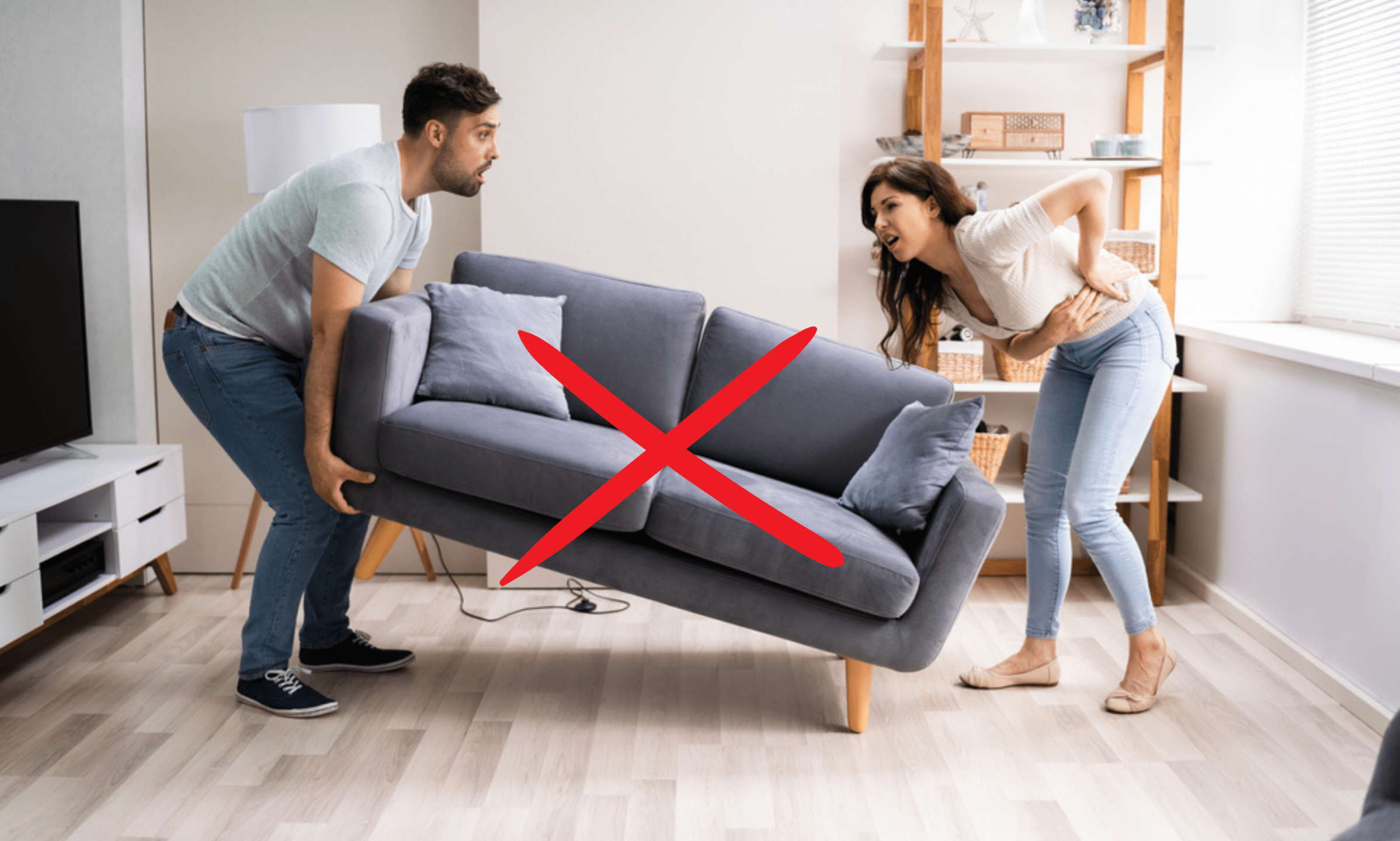
3. Cleaning and maintenance essentials
Regular cleaning and maintenance are crucial to keeping your wooden floors looking great and functioning optimally. Here are some essential tips for cleaning and maintaining your floors: a. Sweep or vacuum daily: Dirt, dust, and debris can act as abrasives on your floor, causing scratches and wear over time. Make sure to sweep or vacuum daily to remove this debris and protect your floor’s finish. b. Use a soft-bristle broom or vacuum attachment: When sweeping or vacuuming, use a soft-bristle broom or a vacuum attachment designed for hardwood floors. This will prevent any scratching or damage to the finish. c. Damp mop weekly: Use a damp mop to clean your wooden floors weekly. Make sure the mop is only slightly damp, as excessive moisture can damage the wood. Use a gentle, pH-neutral cleaning solution specifically designed for wooden floors. Avoid using harsh chemicals or abrasive cleaners. d. Use furniture pads: Place felt or rubber pads under the legs of your furniture to prevent scratches and dents. Check these pads periodically for wear and replace them when necessary.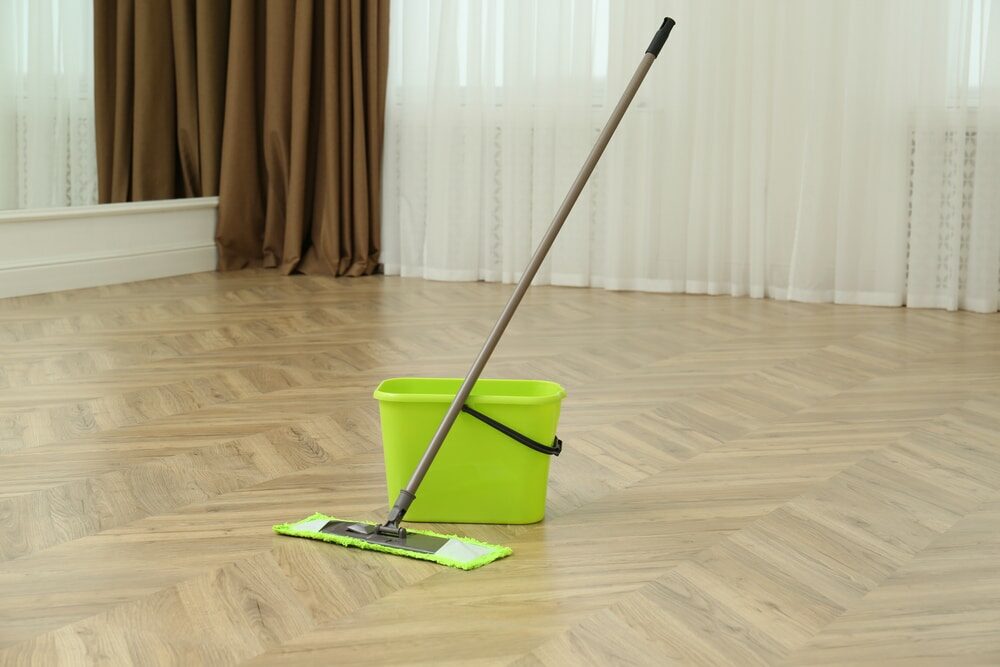
4. Preventing scratches and dents
Scratches and dents can mar the beauty of your wooden floors, so it’s essential to take steps to prevent them. Here are some tips to help you minimise the risk of damage to your floors: a. Trim pet nails: If you have pets, make sure to keep their nails trimmed to prevent scratches and gouges in your wooden floors. Regularly grooming your pets can also help reduce the amount of dirt and debris they bring into your home. b. Remove shoes: Encourage family members and guests to remove their shoes before entering your home. This can significantly reduce the amount of dirt and grit brought onto your floors, minimising the risk of scratches. c. Use entryway mats: Place mats at all entrances to your home to help capture dirt and debris before it reaches your wooden floors. Clean these mats regularly to ensure their effectiveness. d. Be cautious when moving furniture: When moving furniture or appliances, use caution to avoid scratching or denting your floors. If possible, use furniture sliders or lift the items to prevent damage.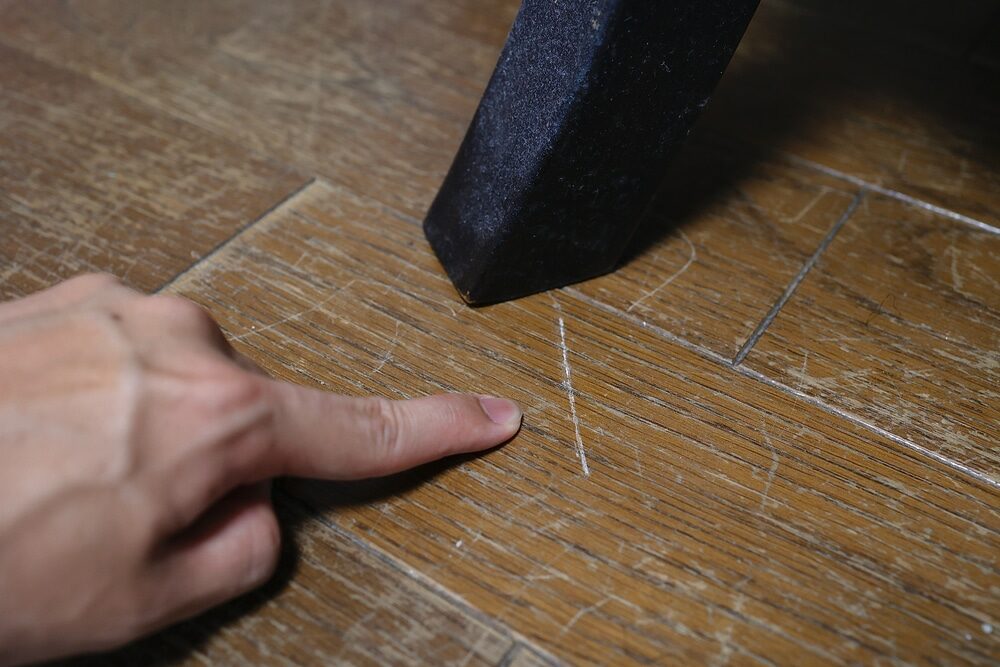
5. Dealing with Spills and Stains
Accidents happen, and spills are an inevitable part of life. Knowing how to handle spills and stains on your wooden floors can help you prevent permanent damage. Follow these steps when dealing with spills and stains: a. Act quickly: The faster you address a spill, the less likely it is to cause lasting damage. Quickly blot up any liquid with a clean, dry cloth or paper towel. b. Use a damp cloth for sticky spills: If a spill is sticky or leaves a residue, use a damp cloth to gently clean the area. Make sure the cloth is only slightly damp to avoid introducing too much moisture to the wood. c. Avoid abrasive cleaners: When dealing with stains, avoid using abrasive cleaners, which can damage the finish of your wooden floors. Instead, use a gentle cleaner specifically designed for wood. d. Seek professional help for stubborn stains: If you encounter a stain that you cannot remove, consult a professional. They will have the expertise and tools to address the issue without causing further damage to your floors.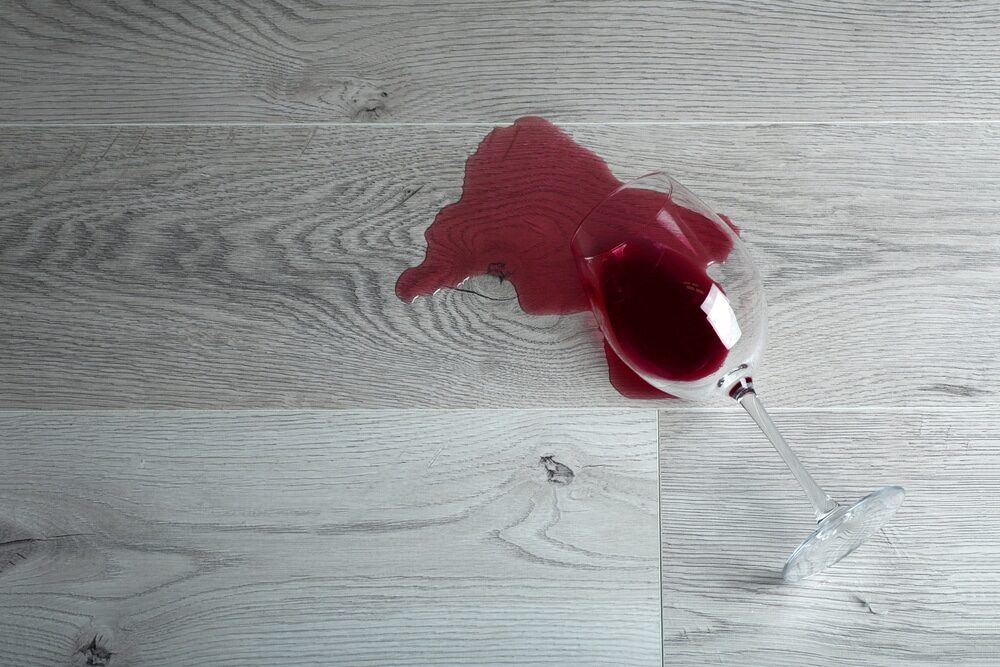
6. Seasonal Care and Humidity Management
Wooden floors can be sensitive to changes in temperature and humidity. To maintain the beauty and functionality of your floors, it’s essential to manage these factors throughout the year. Here are some tips for seasonal care and humidity management: a. Maintain a consistent indoor temperature: Try to keep your home’s temperature consistent year-round, ideally between 60 and 80°F (15 and 27°C). This can help minimise the expansion and contraction of your wooden floors. b. Use a humidifier or dehumidifier: Use a humidifier in the winter months to maintain an indoor humidity level between 30 and 50%. In the summer, use a dehumidifier to prevent excessive humidity levels. Proper humidity management can help prevent warping, buckling, and other issues related to moisture. c. Be mindful of direct sunlight: Prolonged exposure to direct sunlight can cause your wooden floors to fade or discolour. Use window coverings, such as blinds or curtains, to minimise direct sunlight on your floors.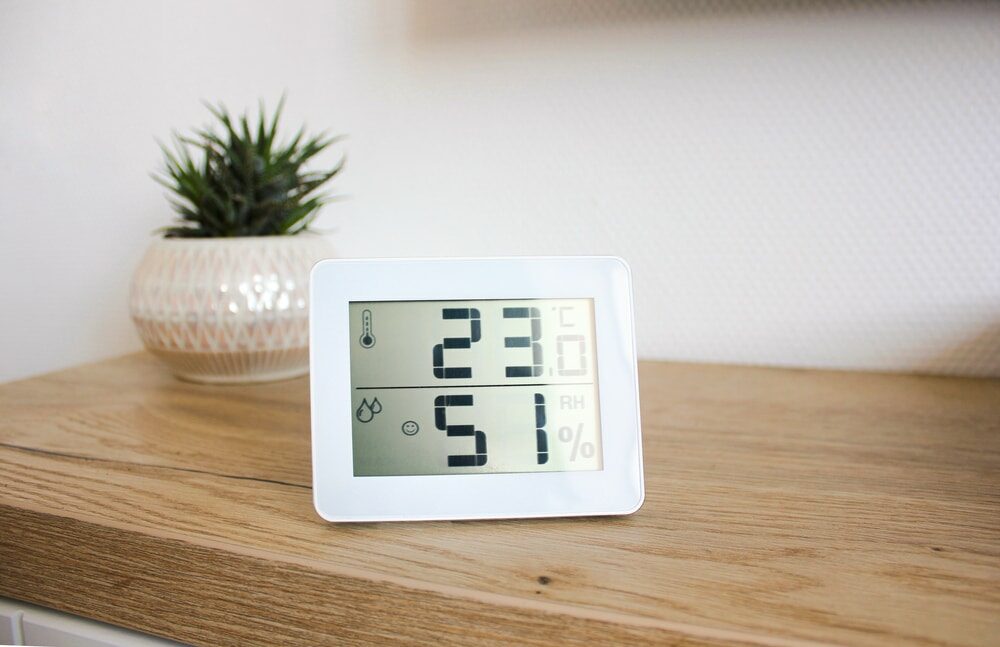
7. When to Consider Re-sanding and Re-sealing
Over time, even with proper care, your wooden floors may start to show signs of wear and tear. When this happens, it may be time to consider re-sanding and re-sealing your floors. Some signs that it might be time for this process include: a. Deep scratches or gouges: If your floors have deep scratches or gouges that cannot be easily repaired, re-sanding and re-sealing may be necessary. b. Dull or worn finish: If your floor’s finish has become dull or worn, a fresh coat of sealant can restore its lustre and protect the wood beneath. c. Discoloration or staining: If your floors have become discoloured or stained, re-sanding and re-sealing can help restore their original beauty.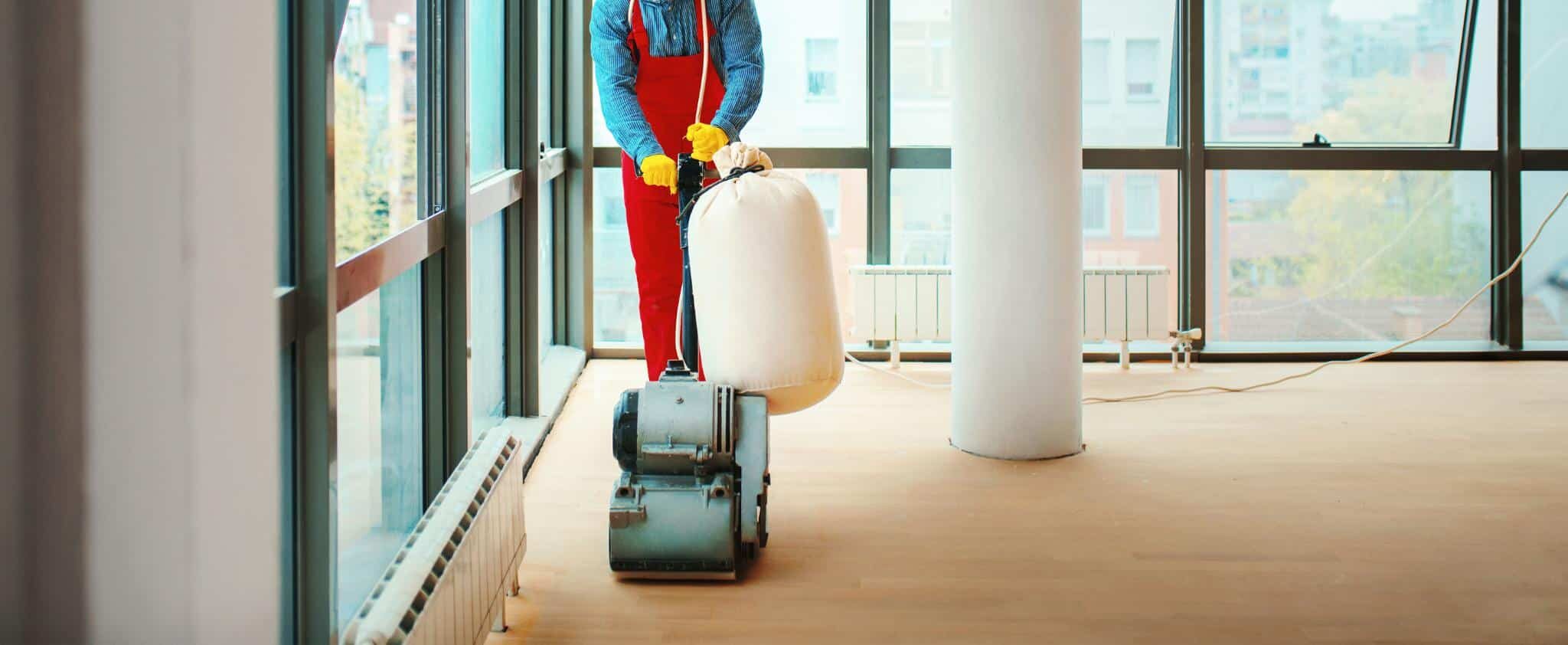
Some Useful Links:
Conclusion
Properly caring for your wooden floors after the sanding and sealing process is essential to maintaining their beauty, durability, and value. By following the tips and guidelines outlined in this guide, you can ensure that your wooden floors remain a stunning and functional feature of your home for years to come. Remember, the key to long-lasting wooden floors is a combination of regular cleaning, preventative measures, and timely intervention when issues arise. By staying vigilant and proactive, you can keep your floors looking beautiful and performing at their best.More from our Blog:
Top Wood Floor Restoration Tips: Essential Concerns for Reviving Your Hardwood Floors Choosing the Ideal Floor Sanding Company: Key Factors for Quality Results Essential Factors for Choosing the Ideal Wood Floor Finish: A Comprehensive Guide
Sanding
We provide virtually dust-free sanding with our continuous belt machinery with mobile extraction units, giving you a safer environment for your family.
Oiling
This organic finish not only adds beauty to your home but also has exceptional water-repellent characteristics, making it easier to clean and maintain.
Waxing
This natural floor finish offers the softest and most mellow appearance – and leaves your floor able to breath.
Buffing
Using soft buffing machines (and hand-polishing where required) will bring a wonderful sheen to your newly-finished floor.
Repairs
We offer a full assessment of your wooden floors to determine what repairs are needed to provide the perfect working surface for the later stages of sanding, staining and sealing.
Restoration
We offer a comprehensive restoration process designed to address floors that are improperly fitted or damaged over time through wear and tear.
Request a fixed price quote for your wood floor restoration now
Simply enter your postcode below to get started.
Services
Wood Floor Sanding Wood Floor Restoration Wood Floor Scratch Repair Squeaky Wood Floor Repair Parquet Floor Sanding Parquet Floor Restoration Commercial Floor Sanding Church Floor Sanding Community Centre Floor Sanding School Floor Sanding Gap Filling Gap Filling with ResinCopyright © Mr Sander®
Privacy & Cookies Terms & Conditions Complaints Procedure Cancellation Rights Sitemap